Space and Time in Perception and Action
What is the instantaneous position of a moving object from the point of view of the observer? How does a tennis player know when and where to place their racket in order to return a 120 mph serve? Does time stop sometimes and go faster at others? Space, time and motion have played a fundamental role in extending the foundations of 19th and 20th century physics. Key breakthroughs resulted from scientists who focused not just on measurements based on rulers and clocks, but also on the role of the observer. Research targeted on the observer's capabilities and limitations raises a promising new approach that is likely to forward our understanding of neuroscience and psychophysics. Space and Time in Perception and Action brings together theory and empirical findings from world-class experts and is written for advanced students and neuroscientists with a particular interest in the psychophysics of space, time and motion.
{{comment.content}}
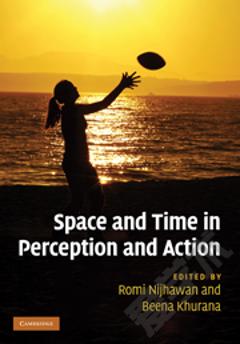
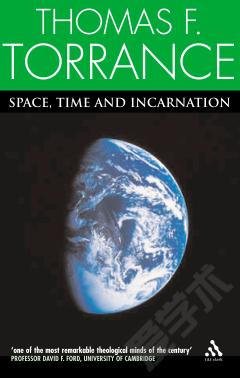
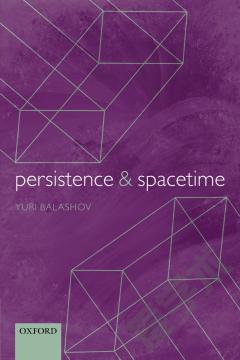


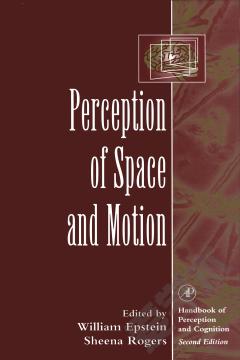
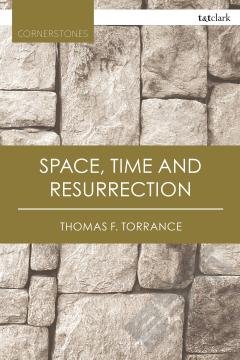

 京公网安备 11010802027623号
京公网安备 11010802027623号